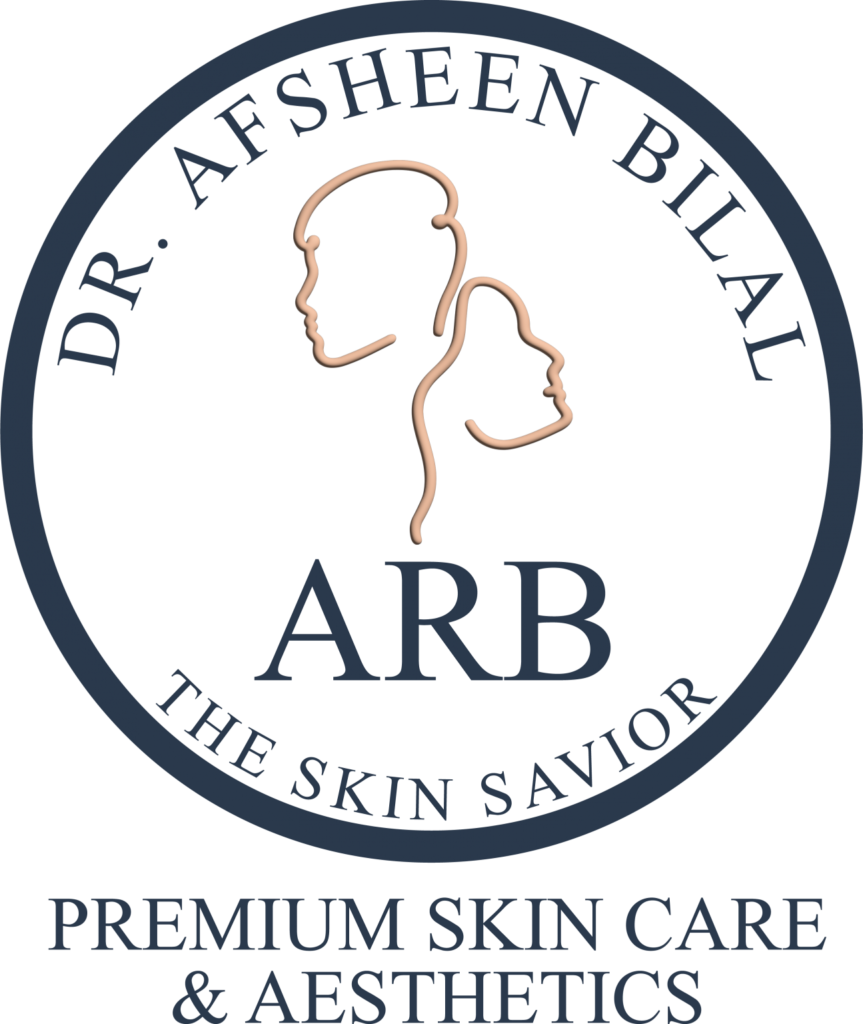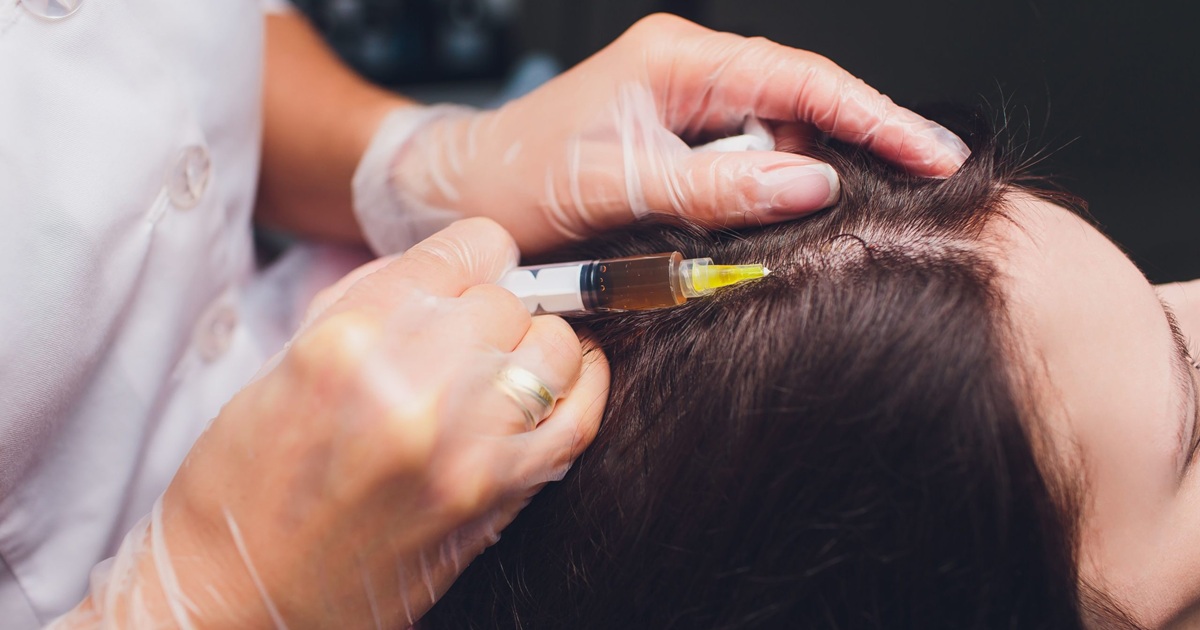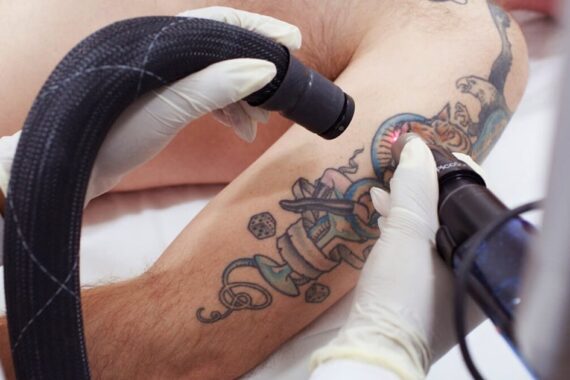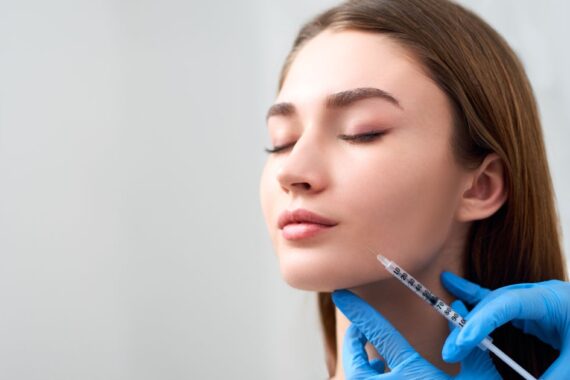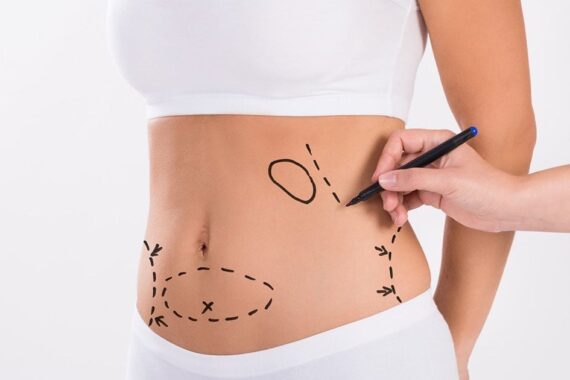Hair loss affects millions of people worldwide, impacting confidence and self-esteem. Fortunately, modern science offers several effective solutions to combat thinning hair and promote regrowth. Whether you’re dealing with genetic baldness, hormonal changes, or stress-related shedding, there’s a treatment that can help. In this blog, we explore the most effective hair loss treatments backed by science and dermatological expertise.
The journey to healthier hair begins with understanding that hair loss isn’t one-size-fits-all. What works wonders for genetic pattern baldness may not be as effective for temporary stress-related shedding. That’s why today’s most successful treatment plans combine multiple approaches tailored to individual needs. From FDA-approved medications to cutting-edge regenerative therapies, the options available today are more advanced and accessible than ever before.
Recent breakthroughs in trichology have revolutionized how we approach hair restoration. We now know that early intervention leads to better outcomes, making it crucial to address thinning hair at the first signs. The good news? Many treatments not only stop further hair loss but can actually reverse thinning by stimulating dormant follicles. With consistent care and the right treatment strategy, achieving thicker, fuller hair is an attainable goal for most individuals.
Understanding Hair Loss: Common Causes
Before choosing a treatment, it’s important to identify the root cause of hair loss. The most common types include:
- Androgenetic Alopecia (Male/Female Pattern Baldness): Genetic and hormonal factors lead to gradual thinning.
- Telogen Effluvium: Temporary shedding due to stress, illness, or nutritional deficiencies.
- Alopecia Areata: An autoimmune condition causing patchy hair loss.
- Traction Alopecia: Hair loss from tight hairstyles or excessive styling.
Identifying the cause helps determine the best treatment approach for optimal results.
Top Medical Treatments for Hair Loss
1. Minoxidil (Rogaine)
- How it works: A topical solution that stimulates hair follicles, prolonging the growth phase.
- Best for: Men and women with pattern baldness.
- Results: Visible improvement in 4-6 months with consistent use.
2. Finasteride (Propecia)
- How it works: An oral medication that blocks DHT, the hormone responsible for genetic hair loss.
- Best for: Men with male pattern baldness.
- Results: Slows hair loss and promotes regrowth in 6-12 months.
3. Low-Level Laser Therapy (LLLT)
- How it works: Laser devices (like caps or combs) stimulate blood flow to hair follicles.
- Best for: Early-stage thinning and maintenance.
- Results: Gradual improvement over 3-6 months with regular use.
4. Platelet-Rich Plasma (PRP) Therapy
- How it works: A concentrated serum from your blood is injected into the scalp to boost hair growth.
- Best for: Androgenetic alopecia and thinning hair.
- Results: Noticeable thickening in 3-4 sessions.
5. Hair Transplant Surgery
- How it works: Follicular Unit Extraction (FUE) or Follicular Unit Transplantation (FUT) relocates healthy hair follicles to thinning areas.
- Best for: Advanced hair loss with stable donor areas.
- Results: Permanent, natural-looking hair growth within 6-12 months.
Which Treatment is Best for You?
The best hair loss treatment depends on:
- Type of hair loss (genetic, temporary, or autoimmune)
- Severity of thinning (early-stage or advanced)
- Lifestyle preferences (topical, oral, or procedural)
A dermatologist or trichologist can provide personalized recommendations based on your needs.
Final Thoughts
Hair loss doesn’t have to be permanent, today’s treatments offer real, science-backed solutions for regrowth and maintenance. Whether you opt for minoxidil, finasteride, PRP, or a hair transplant, consistency is key to seeing results.
For the best outcome, Book a consultation at ARB to create a tailored plan that addresses your unique hair concerns. With the right approach, you can restore thickness, confidence, and healthy hair growth.





